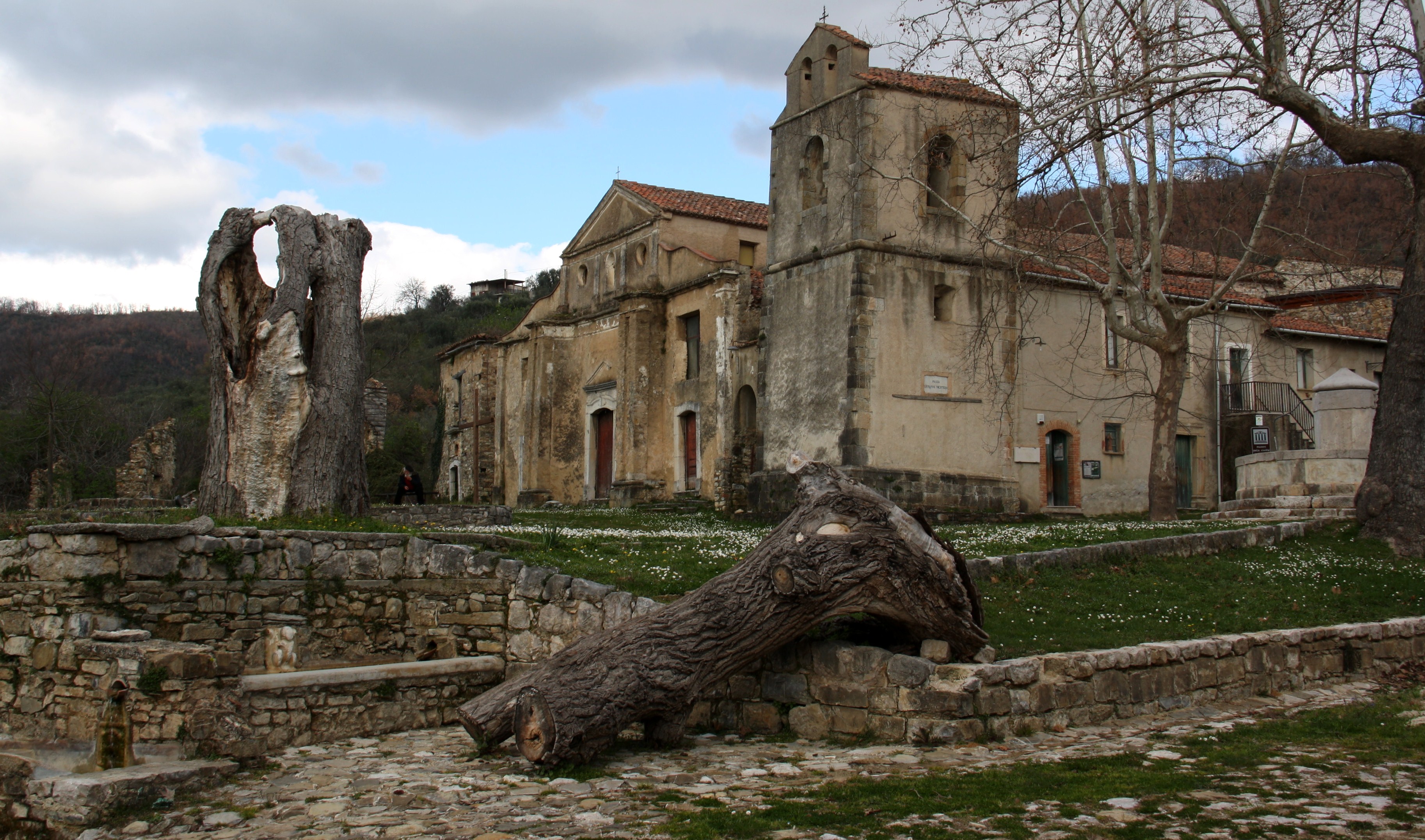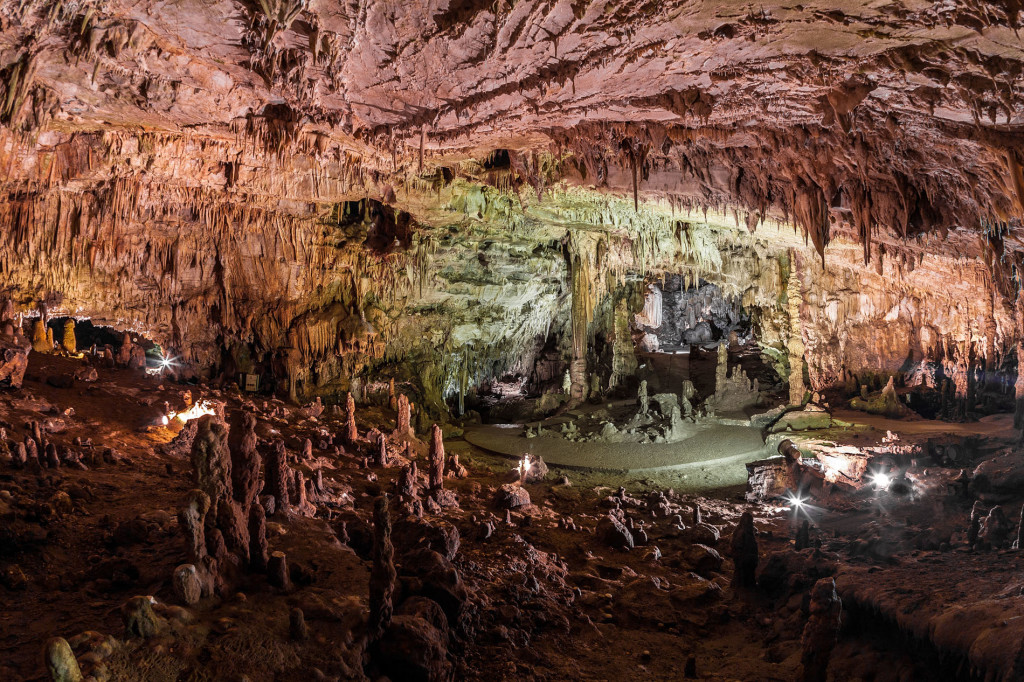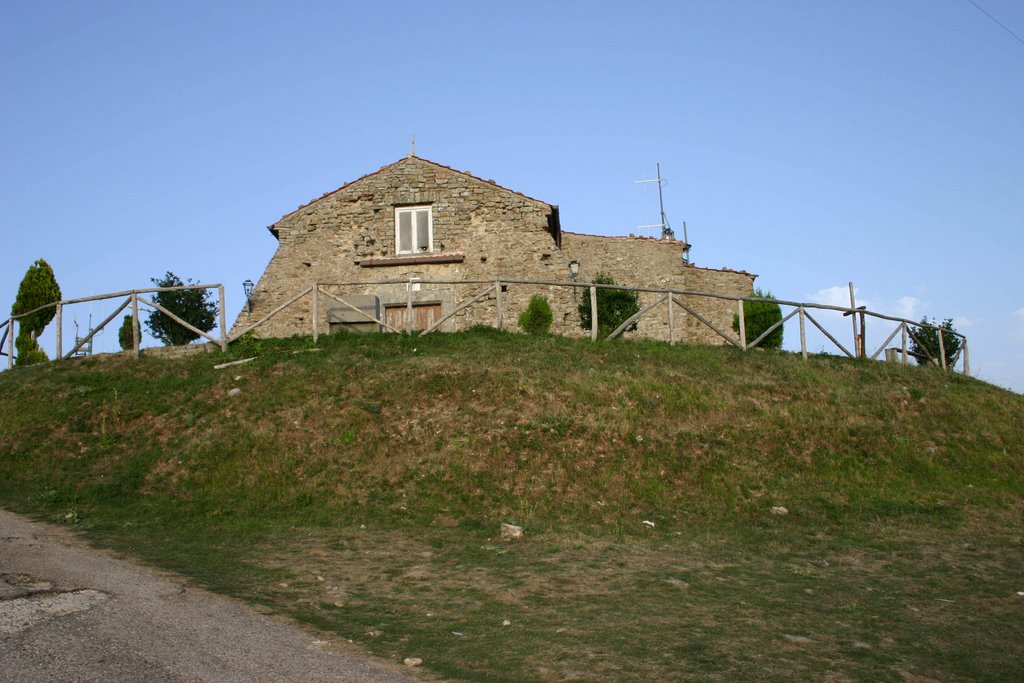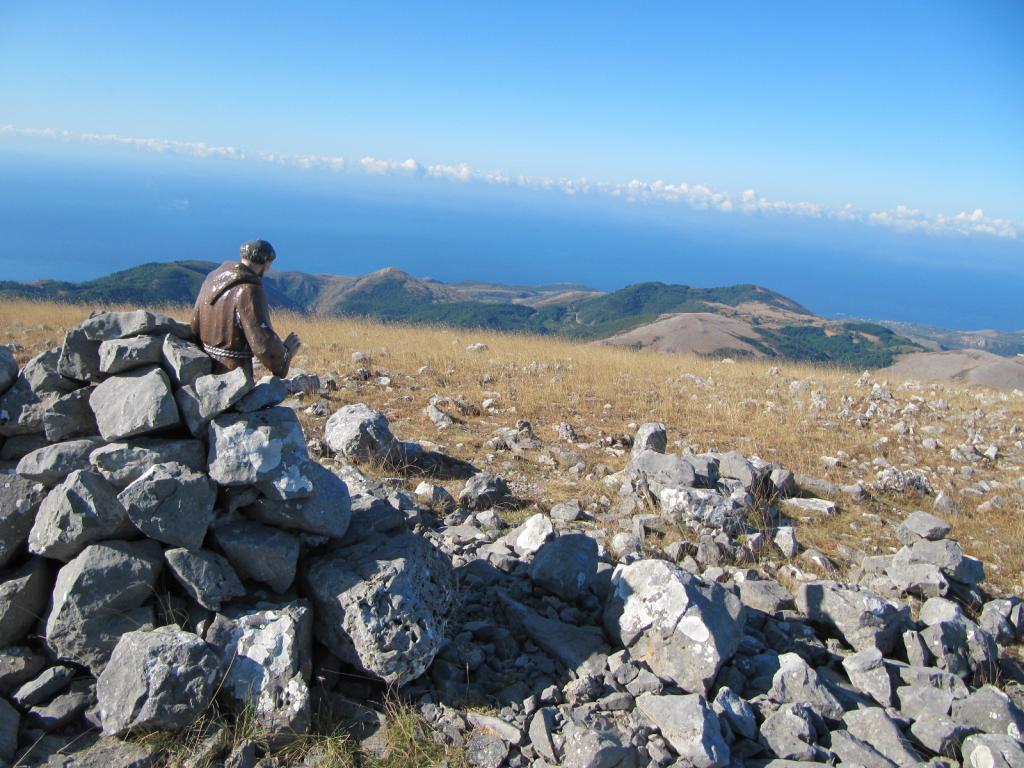Itinerario
Capaccio
Stop 01
Uncontaminated nature and untamed scenery, majestic mountains alternating with gentle valleys and deep gorges and evocative, picturesque villages characterize the hinterland of Cilento. Here, a secret chemistry combines nature, history, culture, tradition and Cilentan cuisine to welcome and astound visitors.
Capaccio is worthy of being our first stop. Who wants to miss out on the real mozzarella di buffala? All dairies have a sales point where it is possible to purchase freshly produced mozzarella, because, while it is still warm, you can really taste its unique flavour; in other words, the sooner you try it, the better it will be! A word of advice; Never, keep Mozzarella in the fridge, always at room temperature, immersed in its own liquid, even during the summer months!

Castel San Lorenzo - Roscigno
Stop 02
Continuing toward the hinterland, north of Cilento, Castel San Lorenzo and a visit to the social canteen for wine-tasting, should not be passed up. The “Barbera”, produced here, undoubtedly deserves all its awards. From here, the next stop is Roscigno Vecchia, a village of evocative fascination and, since the strange events in 1902 and 1908; followed by two special laws regarding villages built in areas subject to landslides, the inhabitants began abandoning Roscigno village, reconstructing a new village a few kilometres away. Today the little village conserves, unchanged, the urban structure of the beginning of the century and, along with the now, crumbling houses encircling the piazza with its central fountain and the 17th century church of San Nicola, this represents an important testimony to the life-style of antique Cilento, as if here, time has stood still.

Castelcività
Stop 03
A one-day visit should definitely be dedicated to the Castelcività Caves and the Oasi del WWF di Felitto, where the more courageous can canoe along the River Calore. So the Cilentan hinterland is a continual alternation between hill and mountain, interspersed with hidden villages, still tranquilly, untouched in their time-bubble. The older inhabitants of these villages, sitting in front of the bar, enjoying the warmth of the sun on their serene, lined faces, observe visitors with an air of indifference and explain how, with their slow pace of life and the mild climate, they conserve the secret of the celebrated, Cilentan longevity.
In the southern part of Cilento, the abandoned village, San Severino Centola, strategically positioned on a rocky spur, blocking the way of the River Mingardo, merits a visit. It is worth the challenge of going up on foot! The area of Roccagloriosa, has several other small villages to visit.

Monte Stella
Stop 04
The richness of Cilento is drawn, not only from art and culture, but also from nature. There is an extraordinary variety of stunning views, alternating between beach and cliff, coastal pinewoods and Mediterranean scrubland and dense woodland, mountains and hills, valleys and remote gorges. Monte Stella, (1130m), is the nearest mountain to the coast and the top can be reached in two hours, on foot, from the neighbouring villages or, more comfortably, after a short car drive. You could take advantage of the situation to enjoy a picnic!

Monte Gelbison
Stop 05
Monte Gelbison, or Sacro Monte, (1705m), dominating the town of Vallo della Lucania, offers a 360° panorama of the surrounding area. Founded in the 10th century by Basilian monks, the church and the convent “Santuario della Madonna del Sacro Monte”, are visited by thousands of pilgrims from the whole of Southern Italy, between mid-May and the end of September.

Monte Cervati
Stop 06
To the north-east of Vallo, rises Cilento’s highest mountain, Monte Cervati (1899m), where the various ways and trails form a star, all leading up to the small church, “Madonna della Neve”, at the top.

Monte Bulgheria
Stop 07
Monte Bulgheria (1225m) however, offers the most beautiful panorama in Southern Cilento, facing the expanse of greenery stretched out between the Golf of Policastro and Cape Palinuro.




